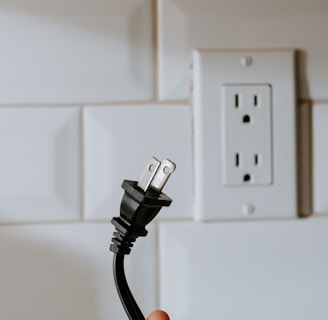Electric Box & Amps: What is the minimum I need in a electric box for solar and amps
What is the minimum I need in a electric box for solar and amps To determine the minimum requirements for an electrical box (also known as a breaker panel or distribution panel) for a solar power system, you’ll need to consider several factors: 1. Current Rating (Amperage): Total Load: Calculate the total expected load of your home in amps. This includes all circuits that will be powered by the solar system. Solar Inverter Output: Check the amperage output of your solar inverter. Make sure your electrical box can handle this load. 2. Space for Breakers: Ensure there’s enough space for the necessary breakers. You may need dedicated breakers for the solar system, battery storage (if applicable), and any other circuits you plan to add. 3. Type of Breakers: Double-Pole Breakers: For connecting the inverter, you’ll typically need double-pole breakers rated for the inverter’s output. Ground Fault Protection: Depending on local codes, you might need ground fault circuit interrupter (GFCI) breakers for safety. 4. Input Capacity: Make sure the box can accommodate the total current coming from the solar system. For instance, if you have a 10 kW inverter and your system operates at 240V, the current would be about 42 amps (10,000W / 240V = 41.67A). 5. Main Panel Capacity: The main service panel should have sufficient capacity to handle both the solar input and your household loads. A common size for residential panels is 100A, 150A, or 200A. 6. Compliance with Local Codes: Always check local electrical codes and regulations, as they can vary widely and may have specific requirements for solar installations. Conclusion While a typical residential setup might require a panel rated at least 100A or more, the specifics depend on your system size and household needs. Consulting with a licensed electrician or solar installer is crucial for tailored advice and ensuring safety and compliance!cription.
Chatgpt
9/18/20241 min read


